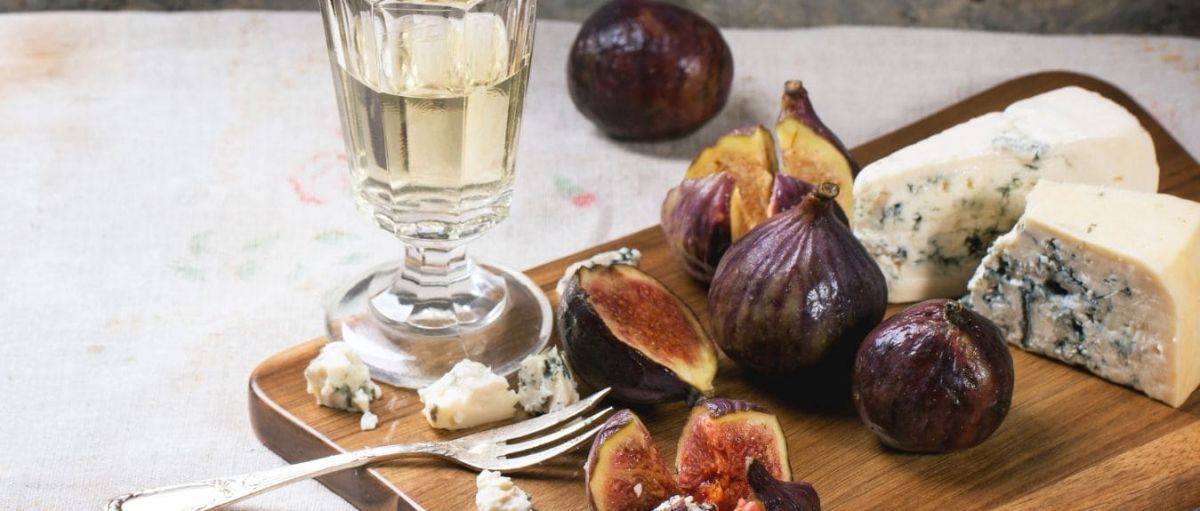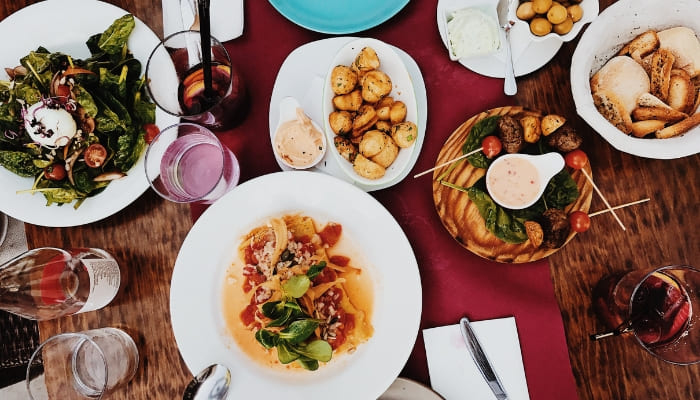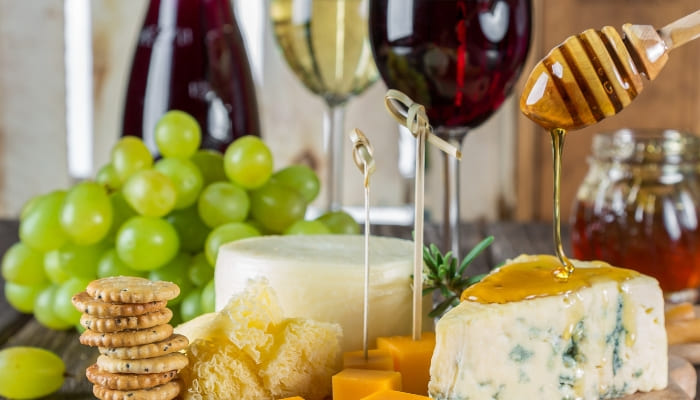Warehouse
Open from Jan 1st - July 10th 2026
Judging
Date
July 27, 2026
Winners
Announced
August 12, 2026

Pairing food and wine does not have to be confusing or daunting. In fact, there are a few simple rules that you can follow when ordering a glass or bottle of wine with your restaurant meal. Once you’ve mastered those rules, you can really drill down into the specific food pairings for any of the most popular types and styles of wine.

If there is one basic, universal rule that all experienced restaurant diners know, it’s that red wines should be paired with bold, flavoured meats and that white wines should be paired with lighter meats (such as chicken or pork) and seafood. That’s the reason why the default, go-to bottle of wine for a great steak dinner is a bottle of Cabernet Sauvignon, and why the classic white wine to pair with chicken or seafood is Chardonnay or Pinot Grigio.
However, there are exceptions to this rule. For example, an equally important rule is that you should match wines with the sauce and not the meat. Thus, if your bold, flavoured meat happens to be spicy, you have many more options for a great food-wine pairing, everything from an equally “spicy” wine (such as Syrah), to an off-dry Riesling, which is generally acknowledged to be excellent at taming the heat of Asian and Indian dishes. And another good rule-of-thumb to know is that red wines are best balanced with fatty dishes. Again, this is a good reason why a good, juicy steak pair so well with a dry red wine.

When it comes to food and wine pairing methodologies, another approach is to think in terms of “congruent” and “complementary” flavours. Congruent foods have many of the same flavour compounds in common, so they amplify each other. The classic example is beef and mushrooms. In contrast, complementary flavours don’t have any flavour compounds in common, so you can create exceptional balance by pairing flavours like lime and coconut.
[[relatedPurchasesItems-44]]
When you apply this approach to pairing food and wine, it means that you can use the taste and flavour of a particular wine, and use it to create either a congruent or complementary taste. In general, there are six main tastes that are used for pairing food and wine: saltiness, acidity, sweetness, bitterness, fattiness and spiciness. Wines, of course, can only be acidic, sweet or bitter, so you have a choice of how to optimize each of these tastes. Red wines, for example, score highest in bitterness (due to high tannin concentration). Red wines are usually medium in acidity and low in sweetness. White, sparkling and rosé wines score highest in acidity, medium in sweetness and lowest in bitterness. And sweet wines (such as Moscato) score highest in sweetness, medium in acidity and lowest in bitterness.

You can think of the most popular red, white and rosé wines as being a flavour continuum. On one side, you have Cabernet Sauvignon, which is full-bodied, high in tannins and high in bitterness. In the middle, you might have a medium-bodied red like Pinot Noir (which is not nearly as high in tannins) and Chardonnay (which has more body than other whites but is not as acidic). And at the other end of the continuum, you might have wines like Sauvignon Blanc, which are light-bodied and higher in acidity.
As can be seen, when you start to recognize the flavour profiles of different wines, you can see why they pair so well with certain foods. Here’s a closer look at some of the most popular wine varietals, and what they pair well with…
One of the best, all-time rules for great food and wine pairing is to match the geographic origin of your meal with the geographic origin of the wine. Thus, hearty beef dishes made with Argentine beef would pair quite nicely with a hearty Mendoza Malbec. A red pasta dish from Tuscany would pair very nicely with Chianti from Tuscany.

Where things get really interesting, of course, is when it comes to fusion cuisine and the growing spiciness of many cuisines. At one time, the classic pairing for bold, flavoured beef might have been Cabernet or Bordeaux; however, since many types of meat now come flavoured with spices like cumin, it’s sometimes just as advisable to order wine like a Syrah that has spicy notes of its own. And, remember, when it comes to the perfect food and wine pairing, the only thing that matters is your own palate.
Grow your wines in the off-premise channels of the USA. The Early Bird submission deadline is February 20, 2026, and the domestic submission deadline is June 30, 2026. Here is how to enter.